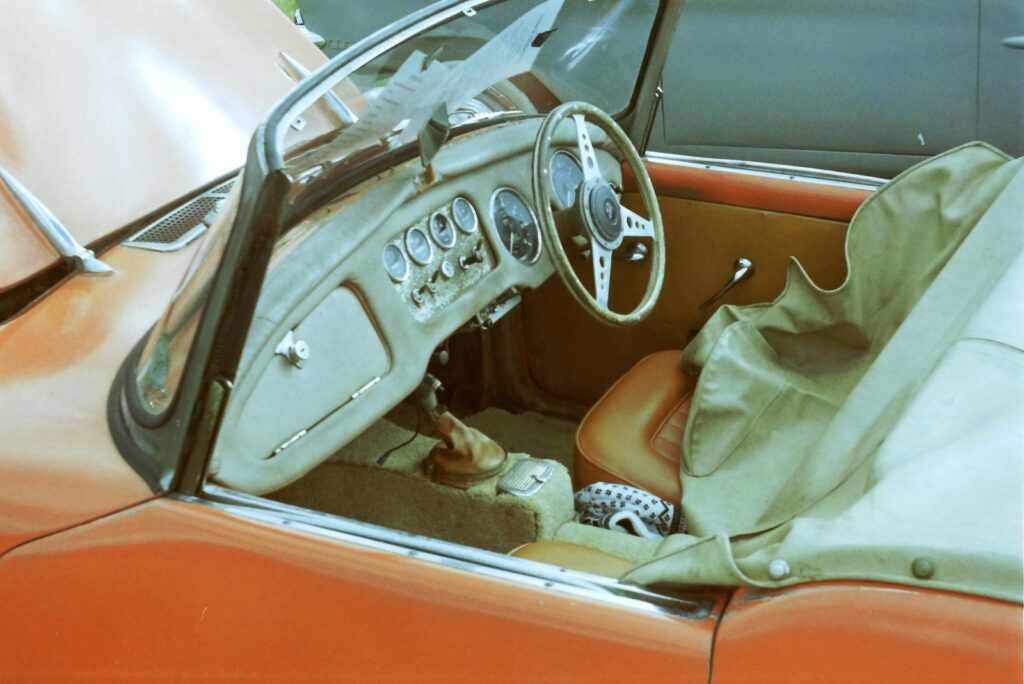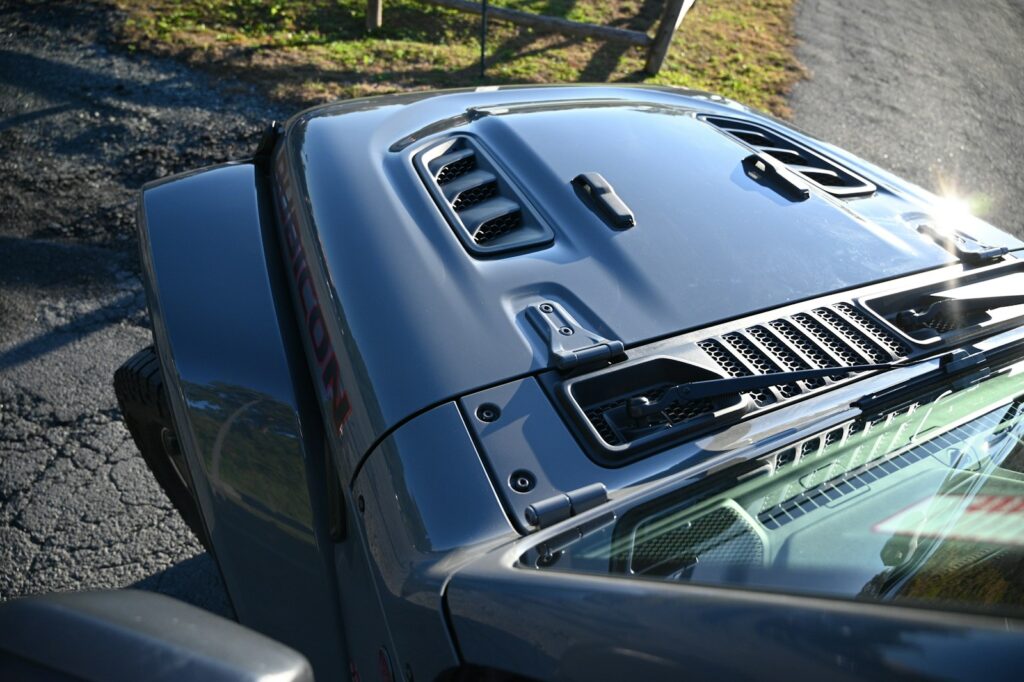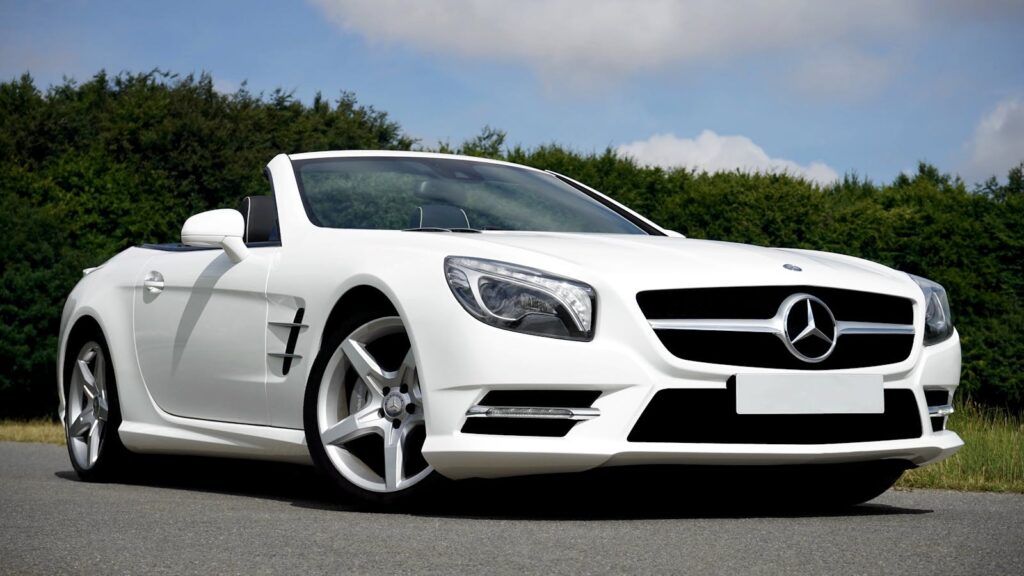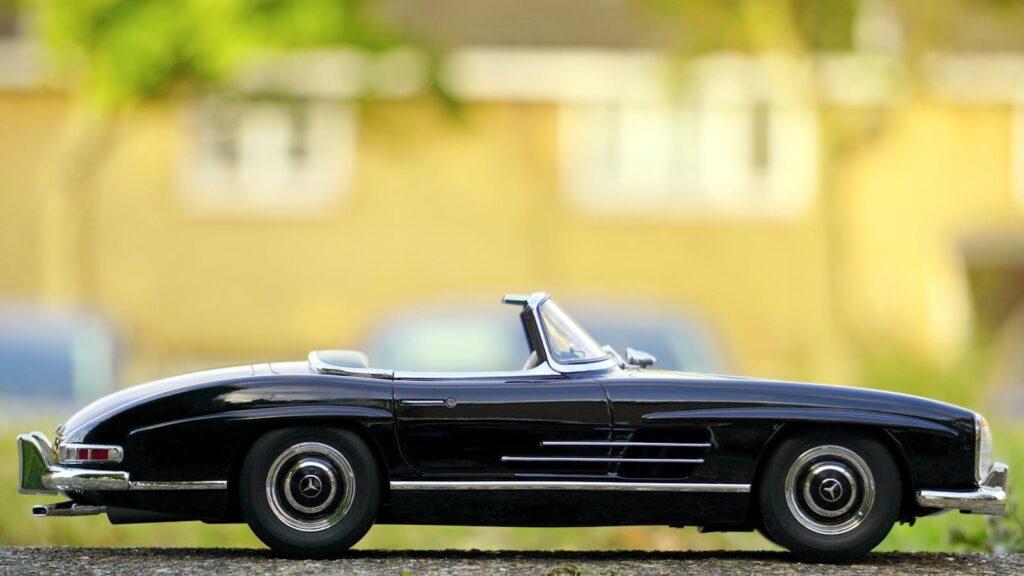Convertible cars are all about freedom, style, and the sheer joy of the open road, yet their soft tops demand a little extra care compared to standard painted finishes. These fabric and vinyl roofs are constantly exposed to a barrage of environmental elements—UV rays, mold, bird droppings, tree sap, and road grime—all of which can cause deterioration over time. Understanding this vulnerability is the first step toward preserving the beauty and functionality of your cherished cabriolet. Without proper maintenance, what might start as a green film of algae or simple dirt can quickly become damaging, compromising the material’s integrity and appearance.
While the thought of cleaning and waterproofing a convertible roof might seem tricky or even daunting if it’s your first time, rest assured, it’s a perfectly manageable task. Many regular cleaning products can surprisingly damage the roof’s specialized material, which is precisely why we’ve put together this comprehensive, step-by-step guide. It’s designed to equip you with the right knowledge and techniques, enabling you to achieve the best results without needing professional help, making your car care ritual feel less like a chore and more like a rewarding part of your convertible ownership.
This in-depth article will walk you through 14 simple yet effective ways to clean and protect your convertible top, ensuring it remains looking showroom-fresh for years to come. We’ll cover everything from the crucial initial preparations, selecting the right specialized products, and the actual cleaning process, to vital protective conditioning and essential maintenance tips. By following these practical, actionable steps, you’ll be empowered to successfully complete the task, safeguarding your investment and keeping your convertible ready for its next open-air adventure.
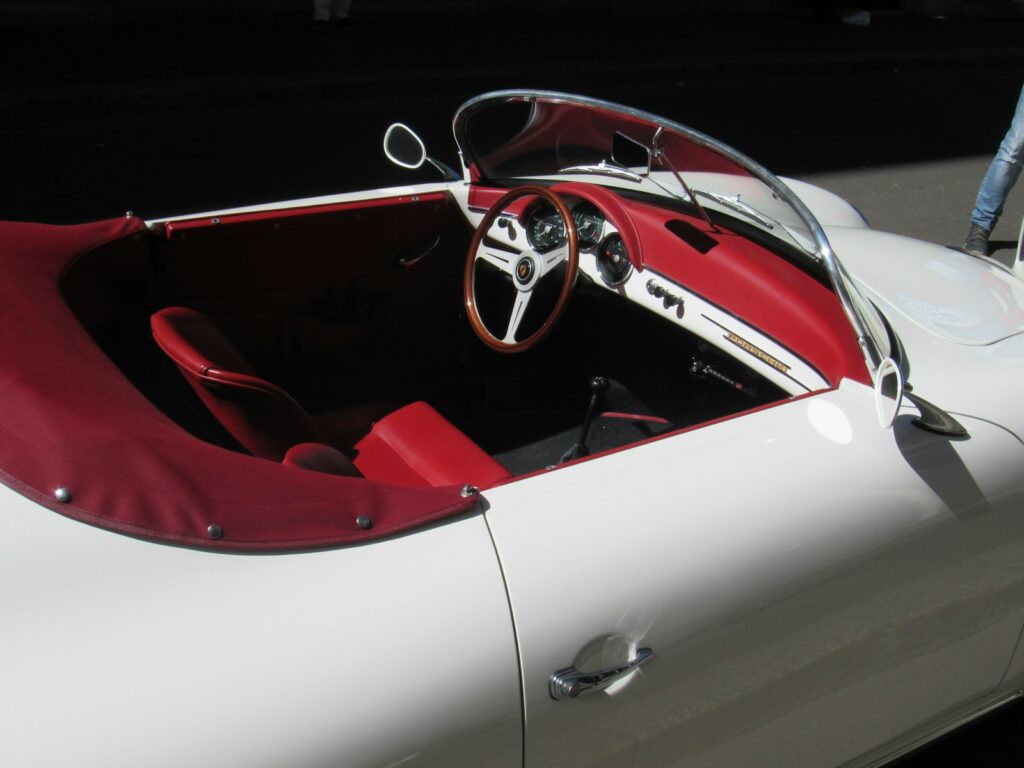
1. **Understand Your Convertible Top Type and Needs**Before you even think about grabbing a hose or a cleaning solution, the absolute first step in proper convertible top care is understanding what kind of top you have and what challenges it faces. There are two main types: vinyl tops and fabric/cloth tops. Each demands a tailored approach to avoid discoloration, stiffness, or surface damage, so always verify whether your top is vinyl or fabric before beginning any treatment.
Fabric tops, typically made with canvas or acrylic fibers, are more absorbent. This characteristic makes them inherently more prone to staining, mildew, and water saturation, especially during wet seasons. They can also fade significantly under persistent UV rays, leading to brittleness and a diminished appearance if left untreated. Recognizing these specific vulnerabilities helps in choosing the right products and care regimen.
Vinyl tops, in contrast, feature a smoother, less porous surface. While they might seem more resilient, they are still highly susceptible to UV damage and cracking if neglected. Even without moisture issues, any convertible top can harbor dirt and grime over time, and be damaged by the sun’s UV rays. You may have even noticed a green film slowly creeping across your convertible top, which is actually green algae that can grow and become very damaging.
Cleaning and waterproofing a convertible roof is a must if it rains where you live, but even in drier climates, preventing dirt, grime, and algae buildup is crucial. Left untreated, this buildup can deteriorate the material. By knowing your top’s material and its typical adversaries like UV exposure, mold, bird droppings, and tree sap, you can proactively select the most suitable cleaning products and protection strategies, ensuring longevity and a pristine appearance.
Therefore, a thorough inspection of your convertible top is vital to identify any areas of damage, wear, or staining that may require special attention during the cleaning process. This preliminary assessment sets the stage for a targeted and effective cleaning approach, ensuring you address specific issues with the correct solutions.
Read more about: Beyond the Beaten Path: Unearthing 13 Forgotten Utility Vehicles That Are Off-Road Adventure Gems
2. **Gather the Right Specialized Cleaning Products**The secret to a truly clean and protected convertible top lies in using specialized products designed specifically for its delicate materials. The best way to clean a convertible top involves using a two-part cleaning and waterproofing solution. The cleaning solution is applied first to remove dirt and grime, followed by the waterproofing solution to maintain the roof’s water resistance and provide lasting protection.
Fortunately, the market offers a wide array of specialized products for cleaning convertible tops, many of which come highly recommended by buyers and enthusiasts alike. Leading options include the 303 Fabric Convertible Top Care Kit, 303 Vinyl Convertible Top Care Kit, Meguiars Convertible Cleaner and Weatherproof Set, Autoglym Convertible Soft Top Clean and Protect Kit, RaggTopp Convertible Top Care Kit, and Chemical Guys Ultimate Convertible Top Care Kit. These products are formulated to be safe and effective for your top’s material.
A critical step when selecting your products is to always check that the product you’re buying is suitable for your roof’s material. Some products are versatile enough for all types of convertible tops, but many are specifically designed for either vinyl or fabric. Using the wrong product can lead to discoloration, stiffness, or even irreparable damage, so a quick check of the label is indispensable.
These specialized convertible top cleaners are designed to penetrate the material and break down dirt, grime, and even challenging stains like green algae. Unlike harsh household detergents or all-purpose cleaners, their formulas work gently yet effectively without stripping away protective layers or causing harm to the fabric or vinyl fibers. Hard scrubbing shouldn’t be needed with these effective formulations.
For hard-top convertible tops, a foaming car shampoo like Stoner’s MOAB, a wash mitt, water buckets, microfiber towels, a standard hose, and a protectant (wax or sealant) are generally sufficient. However, soft tops require a pH-neutral car shampoo, a medium bristle brush, microfiber towels, and a specific rain repellent product, highlighting the need for material-specific product selection.
Read more about: Collectors Beware: 13 Barn Find Restoration Pitfalls That Might Just Break Your Bank (and Your Spirit)
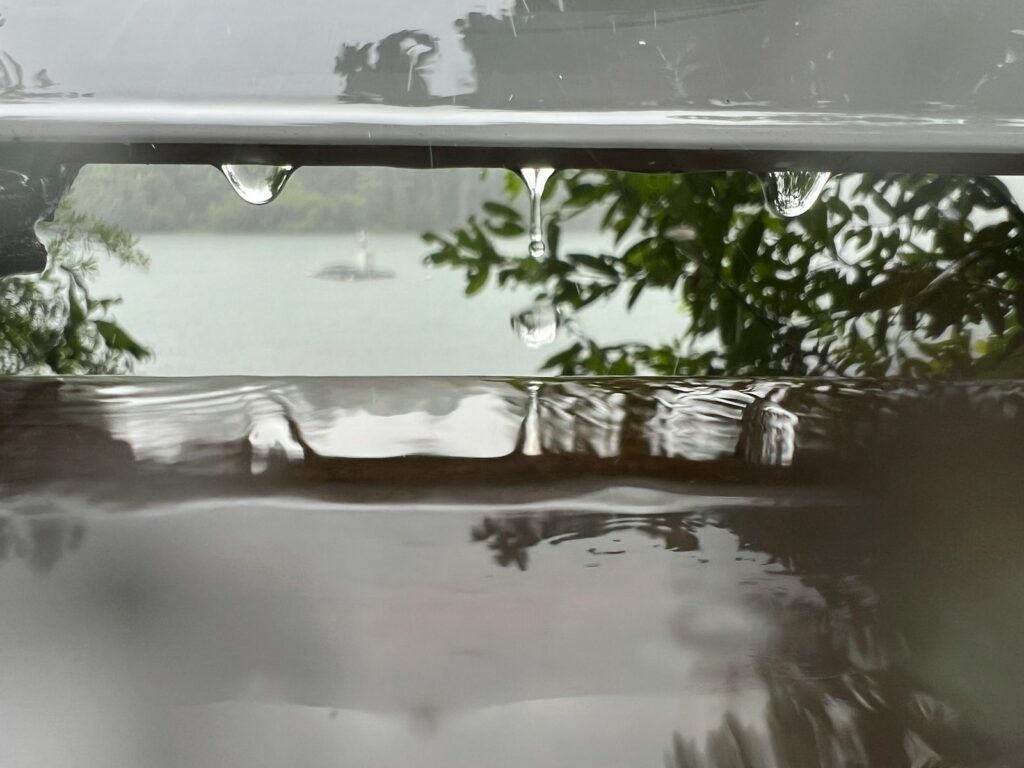
3. **Assemble Essential Cleaning Tools**Having the right set of tools is just as crucial as selecting the correct cleaning products. The proper equipment not only makes the cleaning process easier and more efficient but also prevents accidental damage to your convertible top and surrounding vehicle components. A well-prepared toolkit is your ally in achieving a professional-quality clean.
To clean and waterproof your convertible roof, you will need a vacuum cleaner for initial dry removal of debris, masking tape to protect bodywork, and a hose pipe connected to a water supply for rinsing. These items form the backbone of your preparation and rinsing stages, ensuring a clean slate before applying specialized solutions.
For the application and agitation of cleaning solutions, a sponge and a soft bristle brush are indispensable. Many specialized cleaning kits, such as the Autoglym kit, may even provide a suitable sponge or brush designed for the material. The RAGGTOPP Premium Convertible Top Brush, with its flagged nylon bristles, is specifically recommended as it won’t fray or damage the delicate surface.
A microfiber towel is another essential item, serving multiple purposes from wiping down glass and bodywork to absorbing excess water. Its soft, lint-free nature makes it ideal for preventing water spots and gently drying surfaces. For soft tops, especially, a high-absorbency towel like The AutoManiacs Drying Towel, which absorbs up to 1500 GSM, is perfect for fabric surfaces.
While soft tops benefit from a pH-neutral car shampoo, a medium bristle brush, microfiber towels, and a rain repellent product, hard tops typically require a foaming car shampoo, a wash mitt, water buckets, microfiber towels, a standard hose, and a protectant like wax or sealant. Regardless of your top type, having these specific tools ensures you can tackle each step with confidence and precision.
Read more about: Investor Alert: Unmasking the 15 High-Mileage Maintenance Traps That Can Sink Your Savings
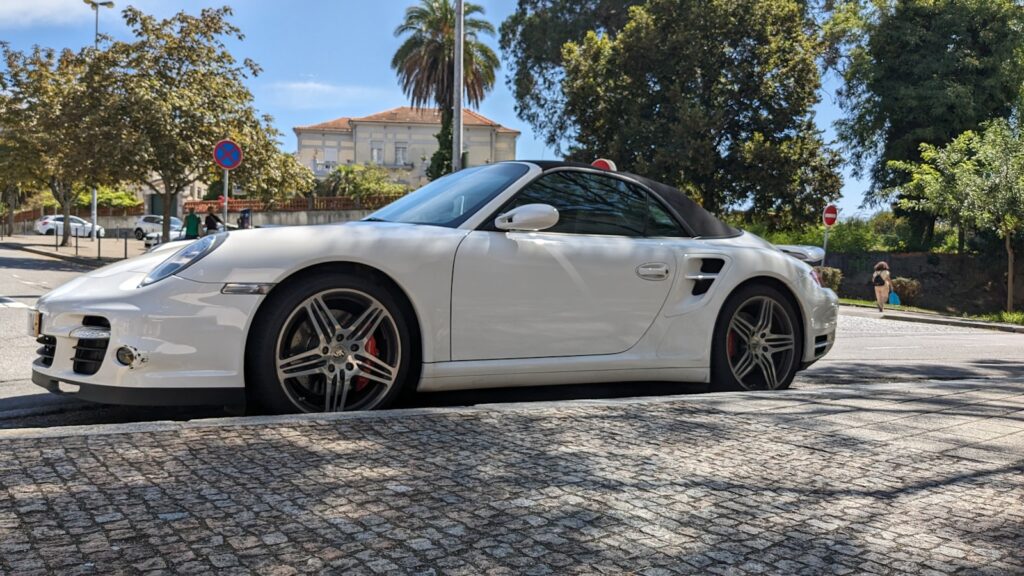
4. **Perform Initial Dry Preparation**Before introducing any moisture or cleaning solutions, a fundamental and often overlooked step is to thoroughly prepare your convertible top by removing all loose, dry debris. This crucial dry preparation prevents potentially abrasive particles from scratching or damaging the delicate surface once wet or during the scrubbing process.
Begin by vacuuming the roof to remove any loose dirt. Target any large pieces of debris that you spot, such as leaves, dust, or pollen. This initial sweep ensures that no hard particles remain that could be dragged across the fabric or vinyl, causing micro-scratches as you proceed with the wet cleaning stages.
For soft tops, specifically, this step is known as “Dry Brush and Vacuum.” It involves using a vacuum or a soft brush to lift and remove loose dust, leaves, and pollen. A key tip here is to avoid using a household vacuum with strong suction, as gentle is best for these delicate surfaces, ensuring the fabric remains undamaged.
This preventative measure is paramount. By taking the time to meticulously remove dry debris, you significantly reduce the risk of embedding dirt deeper into the material or causing superficial scratches. It lays the groundwork for a safer and more effective wet cleaning process, safeguarding your top’s appearance and structural integrity.
In practice, this initial dry cleaning creates a pristine surface for the subsequent steps. It ensures that the cleaning solutions will primarily tackle embedded grime and stains, rather than being hindered by surface debris, thereby optimizing their effectiveness and your overall results.
Read more about: Tow Truck Driver’s Expert Playbook: Master Mud Self-Recovery and Conquer Any Terrain Without External Help
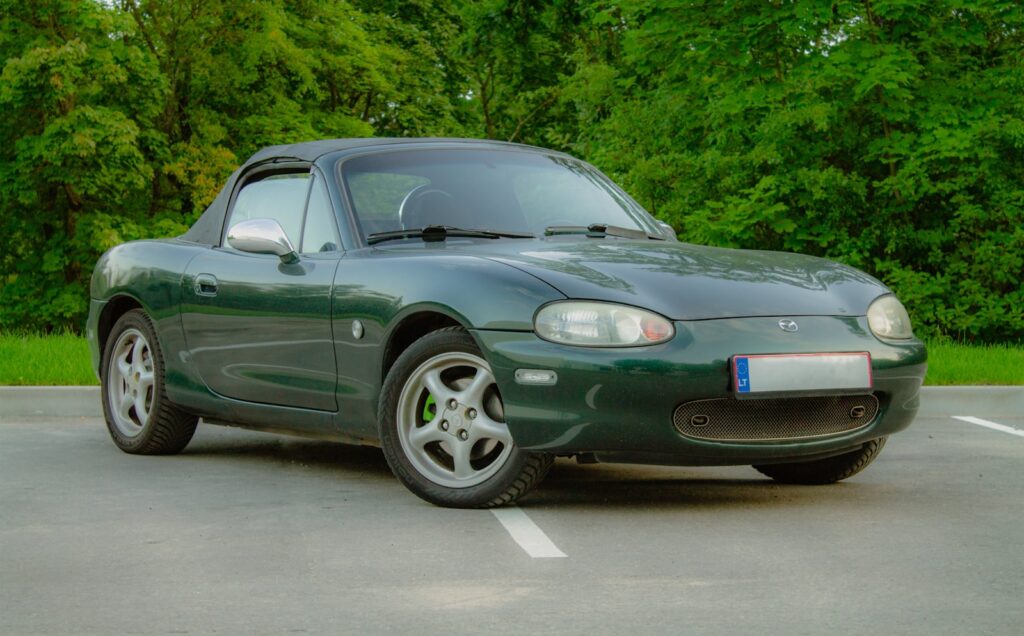
5. **Rinse the Top with Low-Pressure Water**Once all loose debris has been vacuumed away, the next step is to introduce water to the convertible top. Use a low-pressure hose to rinse off the roof and remove any remaining dirt and debris. This initial wet rinse is crucial for further loosening grime and preparing the surface for the cleaning solution.
It is critically important to use a low-pressure hose and absolutely *not* a jet washer. The power of the water from a jet washer can be too strong for the fabric roof to withstand, potentially causing irreparable damage over a prolonged period. Furthermore, if the seals around the windows and across the roof are exposed to high pressure, water can be forced through the rubber, leading to leakage into the car’s cabin and possible damage to the interior and electrics.
Experiences from The Car Investor highlight this risk: “We tried jet washing the soft top roof on our BMW 3 Series, and whilst it did the job in getting the dirt out, we did end up with water in the cabin thanks to the seals being breached. We don’t think it’s worth the risk.” A normal hose will do the job with far less risk of damage, making it the preferred choice for safety and preservation.
While rinsing the roof, actively use a microfiber towel to wipe down any glass and bodywork that gets wet. This immediate action helps to avoid water spots forming, ensuring that adjacent surfaces remain pristine and do not require additional cleaning later. This attention to detail contributes to an overall polished finish.
This thorough yet gentle rinse not only prepares the surface by washing away superficial dirt but also helps to lightly pre-soak the material. This pre-soaking can aid in the better adhesion and penetration of the specialized cleaning solution that will be applied next, ensuring maximum cleaning efficacy.
Read more about: 12 Simple Mistakes That Secretly Ruin Your Car’s Paint Job in Under 5 Minutes
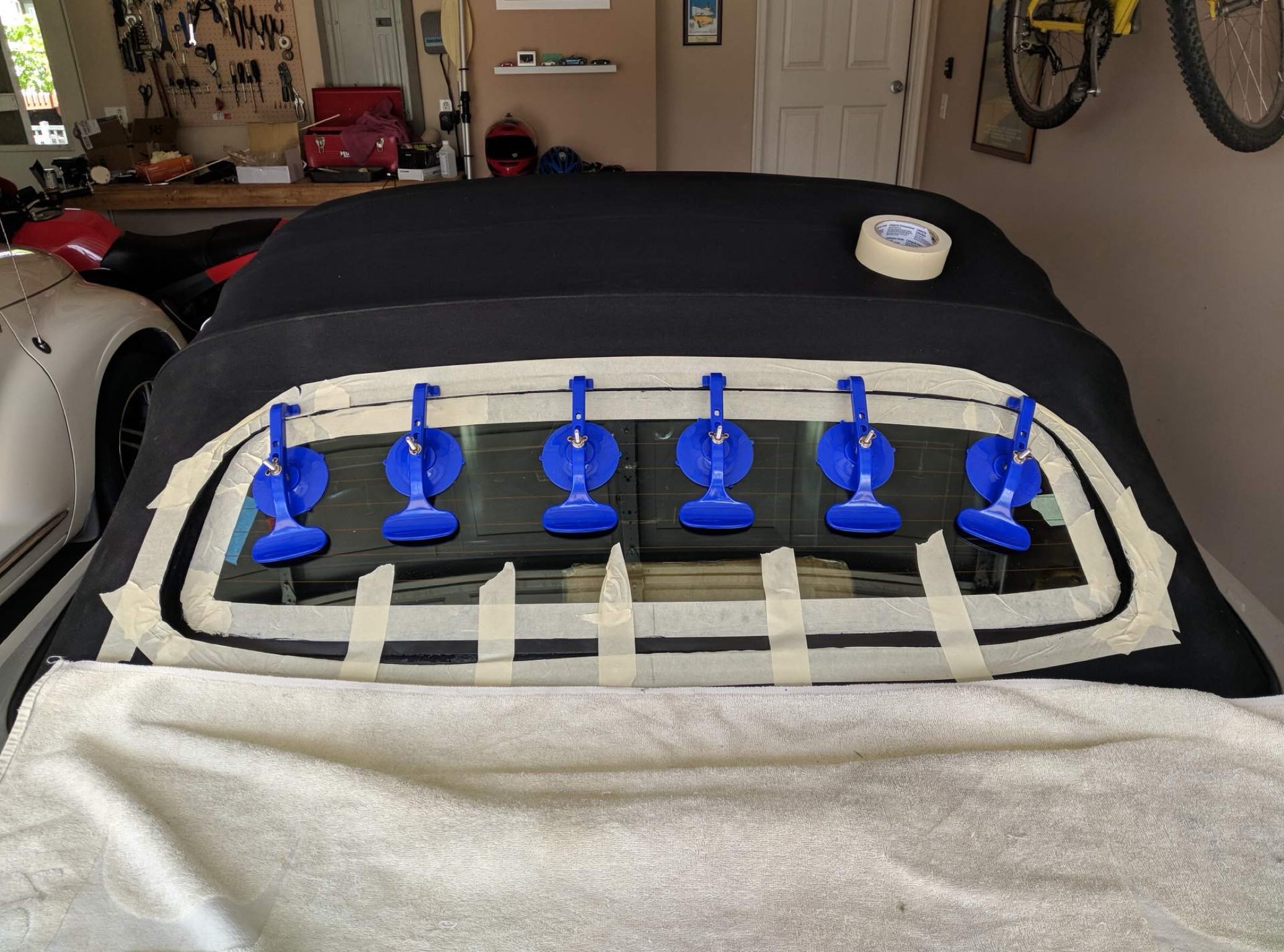
6. **Protect Adjacent Bodywork with Masking Tape**As you transition from rinsing to applying specialized cleaning solutions, it’s paramount to protect the surrounding areas of your vehicle. Convertible top cleaners are formulated for fabric or vinyl, and their chemical composition can potentially affect your car’s paintwork, trim, or glass if left to dry on these surfaces.
To create a robust barrier, use masking tape to mask off any bodywork that’s connected to the roof. This includes the edges where the roof meets the car’s panels and around windows. This simple yet effective measure provides essential protection from overspill once the cleaning products are applied, saving you considerable time and effort in cleaning up potential damage later.
The cleaning process often involves spraying solutions, and it’s highly likely that some of the cleaner will inevitably go onto the bodywork and windows. This is why it’s important to clean this off straight away to avoid causing damage, but having the masking tape in place significantly reduces the amount of overspray that reaches these vulnerable areas, making any necessary clean-up much quicker and easier.
This meticulous step is a hallmark of professional-level car detailing. It demonstrates careful planning and attention to detail, ensuring that your focus can remain squarely on thoroughly cleaning the convertible top without constant worry about protecting the rest of your vehicle’s exterior from unintended chemical exposure. It’s an investment in both protection and peace of mind.
By diligently masking off the bodywork, you create a clear demarcation between the area you’re actively cleaning and the areas you want to keep pristine. This not only protects your paint and glass but also allows you to be more liberal and confident in your application of the cleaning solution, knowing that you have a protective buffer in place.
Read more about: Unveiling the Past: Simple Secrets to Authenticating Original Paint on Your Vintage Vehicle
7. **Allow the Top to Dry Before Cleaner Application**Following the initial rinse and the strategic masking of surrounding bodywork, many specialized convertible top cleaners come with a specific instruction: allow the top to dry out before applying the cleaning solution. This step, while seemingly adding time to the process, is critical for the optimal performance of the cleaning product and achieving the best possible results.
The duration required for the top to dry will naturally depend on various environmental factors, including current weather conditions, temperature, and humidity. On a warm, dry day, it might dry relatively quickly, but cooler or more humid conditions could extend the drying time significantly. Patience during this phase is truly a virtue.
Most products are formulated to work most effectively on a dry surface. Applying a cleaner to an already damp or wet top can dilute the solution, reducing its concentration and, consequently, its ability to penetrate and break down stubborn dirt, grime, and green algae. This can lead to less effective cleaning and the need for repeated applications.
It is always essential to check your specific product’s instructions, as there can be exceptions. For instance, some protective waterproofing solutions, like the Autoglym product mentioned in the context, may actually require application to a damp roof. However, for the initial cleaning solution, a dry surface is typically preferred unless stated otherwise by the manufacturer.
By ensuring the top is thoroughly dry before applying the cleaner, you allow the product to work at its full intended strength, maximizing its efficacy in lifting and loosening embedded dirt. This meticulous adherence to product instructions is a simple way to guarantee that your effort yields the cleanest, most impressive results possible, setting a solid foundation for the rest of your cleaning process.
Read more about: Unleash Your Inner Mechanic: 15 Essential DIY Car Hacks to Save a Fortune on Maintenance
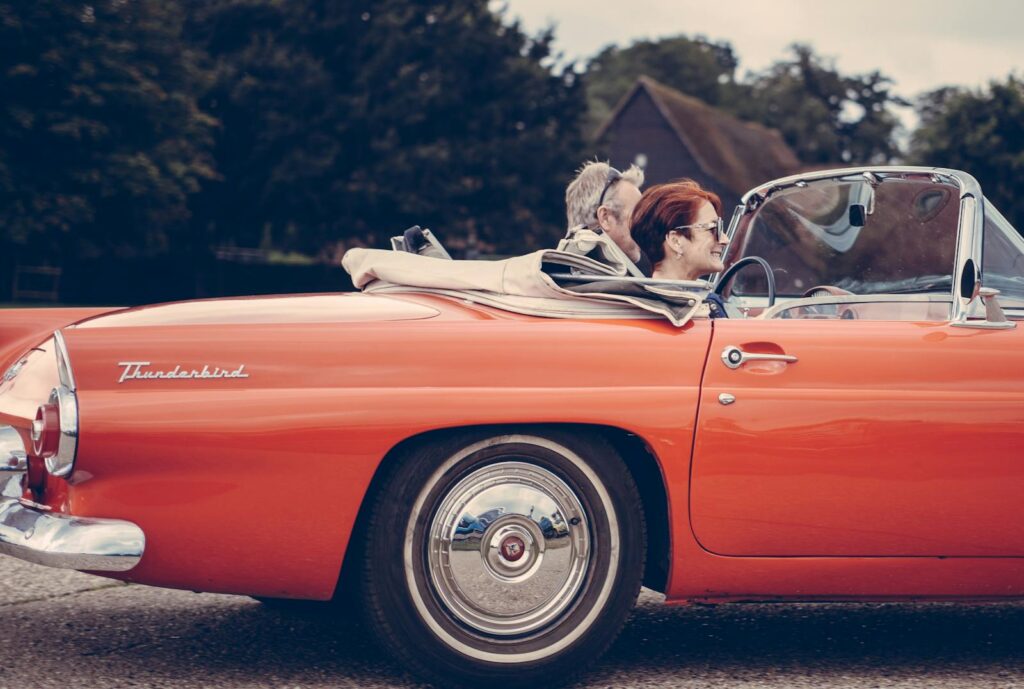
8. **Apply the Specialized Cleaning Solution**Once your convertible top is completely dry and the surrounding areas are protected, you’re ready to apply the specialized cleaning solution. Begin by giving your chosen cleaner a good shake to ensure its components are thoroughly mixed. Then, proceed to spray it evenly across the entire roof, making sure to cover all areas of the material. This initial application sets the stage for lifting embedded dirt and grime.
Achieving uniform coverage is essential for an effective clean. The goal is to ensure the cleaner penetrates consistently across the fabric or vinyl surface, enabling it to break down dirt, green algae, and other contaminants effectively. Avoid applying too much in one spot, which could lead to uneven drying or residue buildup. Even distribution ensures that the product can work its magic evenly across the entire surface.
As you spray, some of the cleaner may inevitably drift onto adjacent bodywork or windows, despite your masking efforts. It’s crucial to address this overspray immediately to prevent any potential damage or staining to your car’s paintwork or glass. A quick wipe with a clean microfiber towel ensures these surfaces remain pristine, maintaining your vehicle’s overall polished appearance.
Read more about: Unleash Your Inner Mechanic: 15 Essential DIY Car Hacks to Save a Fortune on Maintenance

9. **Agitate and Allow Solution to Penetrate**With the cleaning solution evenly applied, the next step involves gently agitating the product to help it work into the material. Use a soft bristle brush or a dedicated sponge, like the one often provided in specialized cleaning kits, to work the cleaner across the entire roof. As you agitate, a light foam should begin to form, indicating the product is actively engaging with the dirt.
Pay particular attention to any areas that appear especially dirty or show signs of green algae growth. These stubborn spots often require a little extra focus during agitation to ensure the cleaner can effectively penetrate and loosen the embedded grime. Remember, specialized convertible top formulas are designed to be effective without requiring aggressive scrubbing, protecting your roof’s delicate material.
After agitating the cleaner, allow the foam to dwell on the roof for a period, giving it time to penetrate the fabric or vinyl and work its magic. The exact duration will depend on your specific product’s instructions and environmental conditions, but a general guideline, such as 10 minutes at a temperature of 57°F (14°C), can be a useful starting point. This dwell time is critical for breaking down tougher contaminants.
This penetration phase is where the specialized cleaning solution truly shines, effectively lifting challenging stains like mold, mildew, bird droppings, and tree sap. By allowing the product adequate time to soak in, you maximize its ability to dissolve these difficult residues. This ensures a deeper, more thorough clean, contributing significantly to the restoration of your convertible top’s appearance.
Read more about: Mastering the Art of Classic Car Leather Reconditioning: A 12-Step Guide for Enthusiasts
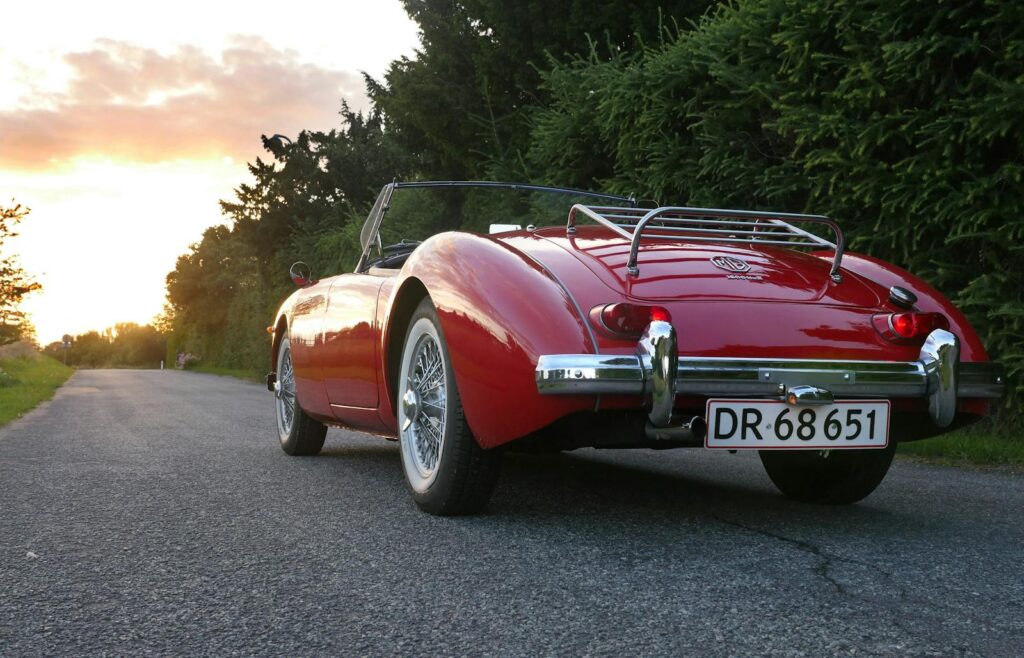
10. **Rinse Thoroughly to Remove Cleaner**Following the dwell time, it’s crucial to thoroughly rinse off the roof, removing all traces of the cleaning solution and the loosened dirt. Always use a low-pressure hose for this step, never a jet washer, to avoid damaging the delicate material or breaching the seals. Systematically rinse the entire top, ensuring all suds and grime are washed away.
To ensure no cleaning solution remains trapped within the fabric or vinyl, use a clean sponge to gently draw out any lingering foam. This meticulous attention ensures the roof is completely free of cleaner residue, which can otherwise attract new dirt or cause discoloration over time. A thorough rinse is a cornerstone of effective convertible top care.
During this rinsing process, continue to use your microfiber towel to wipe down any adjacent glass and bodywork that may get wet. This immediate action prevents water spots from forming, ensuring that your vehicle’s exterior remains spotless. Such small details contribute significantly to the overall pristine finish you’re aiming for.
Inadequate rinsing can leave behind soap residue that dulls the surface, attracts fresh dirt, and can even degrade the fabric or vinyl. It’s a critical step that directly impacts the longevity and appearance of your convertible top. Taking the time to ensure every last bit of cleaner is gone will safeguard your investment and maintain its aesthetic appeal.
Read more about: Unleash Your Inner Mechanic: 15 Essential DIY Car Hacks to Save a Fortune on Maintenance

11. **Apply the Waterproof Protectant**Once the convertible top is clean and thoroughly rinsed, the next vital step is to apply a high-quality waterproof protectant. Before application, always check your specific product’s instructions carefully. Some protectants require the roof to be completely dry, while others, such as the Autoglym product mentioned in our context, are formulated for application to a damp surface. Adhering to these guidelines ensures optimal performance.
Apply the protector evenly across the entire roof using a sweeping motion, striving for comprehensive coverage. This specialized product forms a crucial barrier against the elements, acting like “sunscreen for your car’s top.” It shields against harmful UV rays, repels water, and helps prevent cracking, fading, and deterioration over time, preserving the material’s suppleness and flexibility.
These protectants are engineered to extend the lifespan of your convertible top significantly. By creating a microscopic barrier, they actively repel water, which is essential in preventing mildew growth and moisture ingress. Furthermore, they help preserve the material’s original look and flexibility, ensuring your roof remains in top condition for years to come.
The benefits are multifold: water will bead up and roll off the surface rather than soaking in, and the material will be better protected from environmental hazards like acid rain, bird droppings, and industrial fallout. This proactive measure not only maintains the aesthetic appeal of your convertible but also enhances its functionality and durability, making it a sound investment in your car’s long-term health.
Read more about: Everyday Items People Say Are Now Too Expensive to Justify Buying
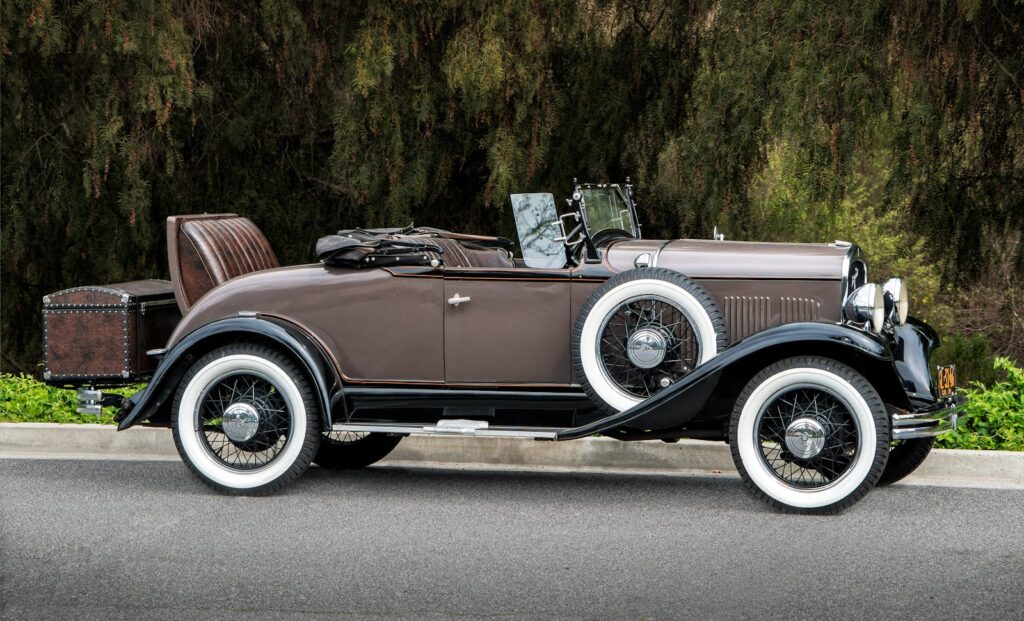
12. **Address Protectant Overspray and Remove Masking Tape**After applying the protectant, it’s possible that some overspray may have landed on your car’s windows or painted surfaces. Just as with the cleaner, it’s important to wipe down these areas immediately with a clean microfiber towel. This prevents any potential hazing or residue from drying on the glass or paintwork, ensuring these surfaces remain crystal clear and spotless.
Once the protectant has been applied and any overspray managed, you can now carefully remove the masking tape that was applied earlier to protect the bodywork. Peel the tape away slowly and deliberately, taking care not to pull on the convertible top material itself. This step reveals the clean, sharp lines where the roof meets the car’s panels.
Occasionally, a small amount of moisture or product residue might become trapped underneath the masking tape. Use your microfiber towel to gently dry out any such areas, ensuring a perfectly clean and dry finish around the edges of your convertible top. This meticulous attention to detail ensures a professional-grade result for your entire vehicle’s exterior.
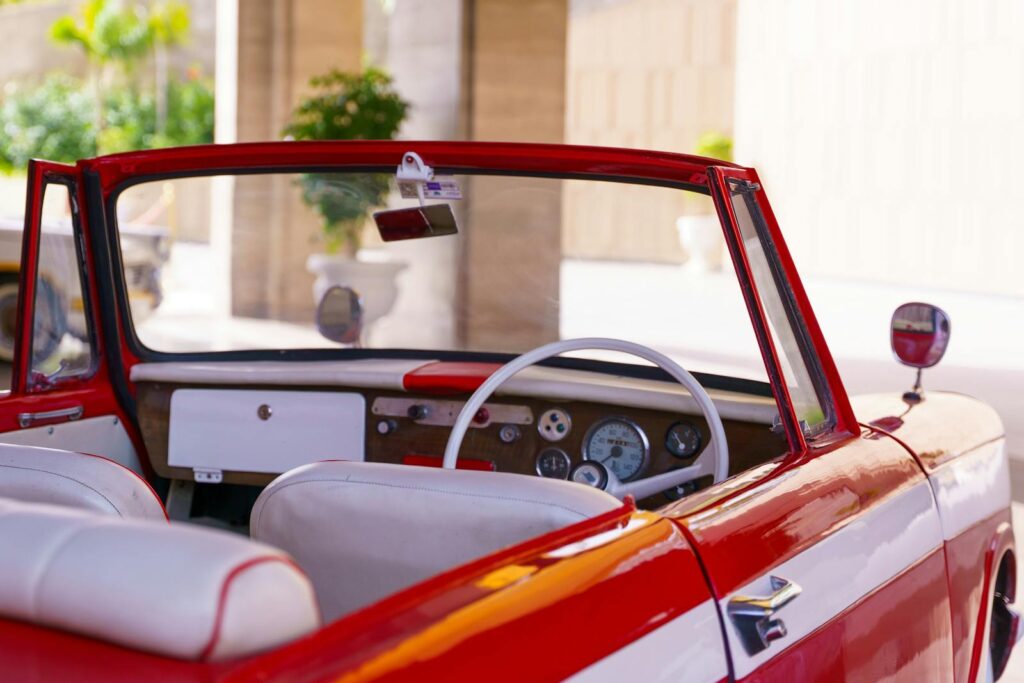
13. **Allow Final Drying and Consider a Second Layer**Once all cleaning and protection steps are complete, it is absolutely essential to allow the product to dry thoroughly before using the vehicle or folding the top down. Rushing this step can compromise the protectant’s effectiveness and potentially lead to mildew if moisture is trapped within the material. Patience here is truly a virtue.
The time required for complete drying will vary significantly based on environmental conditions such as air temperature, humidity, and direct sunlight exposure. On a warm, dry day, it might dry relatively quickly, but cooler or more humid conditions could extend the drying period considerably. Always ensure the top is bone-dry to the touch before proceeding.
For those seeking an extra layer of reassurance and enhanced protection, some convertible owners choose to apply a second layer of protectant. This can be particularly beneficial to ensure comprehensive coverage and reinforce the barrier against the elements, maximizing the product’s effectiveness and extending its durability. If you opt for a second coat, ensure the first layer is dry according to product instructions.
Proper drying is not just about product efficacy; it’s a critical preventative measure against mold and mildew growth, which thrive in damp environments. Ensuring your top is completely dry before storage or use safeguards its integrity and prevents unpleasant odors and irreversible damage, maintaining its aesthetic and functional quality.
Read more about: Unleash Your Inner Mechanic: 15 Essential DIY Car Hacks to Save a Fortune on Maintenance
14. **Store Products and Understand Long-Term Benefits**After completing the entire cleaning and protection process, remember to properly store any remaining convertible cleaner and protectant bottles in a cool, dry place, ready for your next maintenance session. Keeping these specialized products on hand makes future cleaning routines simpler and more efficient, ensuring you’re always prepared to give your convertible top the care it deserves.
One of the most satisfying outcomes of this meticulous process will be evident the very next time it rains. You’ll observe water beading gracefully on your roof rather than soaking into the material, providing excellent protection against moisture ingress. This visible hydrophobic effect is a clear indicator that your efforts have paid off, creating a resilient shield against the elements.
While this guide outlines a comprehensive and widely applicable process, it’s always essential to consult and adhere to the manufacturer’s specific instructions for your chosen cleaning and protectant products. Each formulation may have unique requirements or recommendations, and following them precisely will ensure the best possible results and preserve your warranty.
Long-term maintenance extends beyond periodic deep cleans. Incorporate simple habits like inspecting your top weekly for debris, bird droppings, or sap, and address them promptly. Critically, *never* take your soft top through automatic car washes with spinning brushes, as these can severely damage the material and seals. Always aim to keep your top dry when parked to prevent mildew, and reapply protectant every 2–3 months or as recommended by the product.
Read more about: Beyond the Road: Unpacking the Complex Journey of EV Battery Recycling and Its Future
By embracing this holistic approach to cleaning and protection, your convertible top will continue to look factory-fresh, deflecting environmental assaults with ease. This consistent care minimizes the risk of costly repairs and ensures that your beloved convertible remains a symbol of freedom and style, making every open-air adventure a truly rewarding experience.


